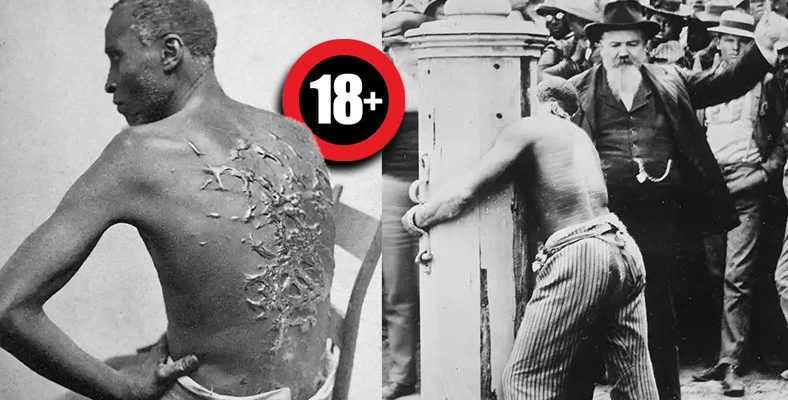The whipping code era in 19th century America brings with it painful memories that history wants to forget. People of those times lived in a time when just being drunk in public was punishable by flogging. But in addition to physical punishment during these difficult years, what was perhaps more devastating for many was also dealing with a psychological battle.
Punishments beyond the so-called justice provided under the shadow of whips, bloodcurdling It symbolizes a truth. When you look at the photographs, thinking about the suffering of those people can draw you into that dark period, even for a moment.
The deep wounds left behind by whipping are not only physical but also that shakes the conscience of humanity parts of a story. This story will remind us of this: History does not only belong to the past; The weight of the past shapes our present.
The justice of pain in America is the “whip”
One form of punishment in America’s early colonial period was the whip. Whipping with special tools such as rods, keys, cat of nine tails, sjambok and whips; British colonialists The law he used as a tool to discipline criminals had also come to America.
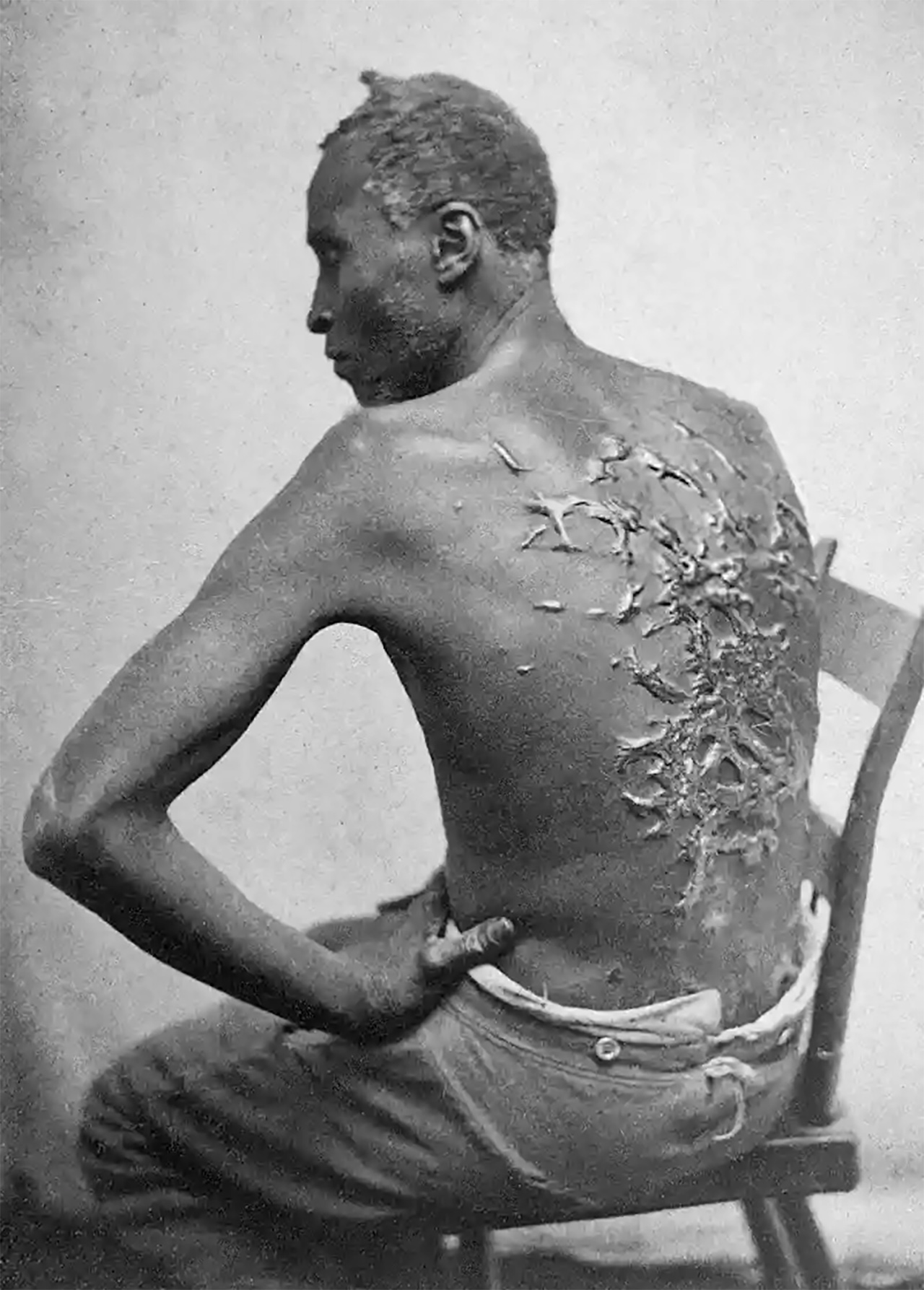
An African-American slave named Gordon
Whipping, perhaps one of the most disturbing things in American history; theft, public drunkenness Although it is used for various crimes such as disobedience and tool to control slaves It was also preferred. Their goal was not only to inflict physical punishment on slaves, but also to subjugate the enslaved population. So actually tool of psychological terror It was used as.
Some people started to say “stop”, but there were also regions that did not want to hear it.
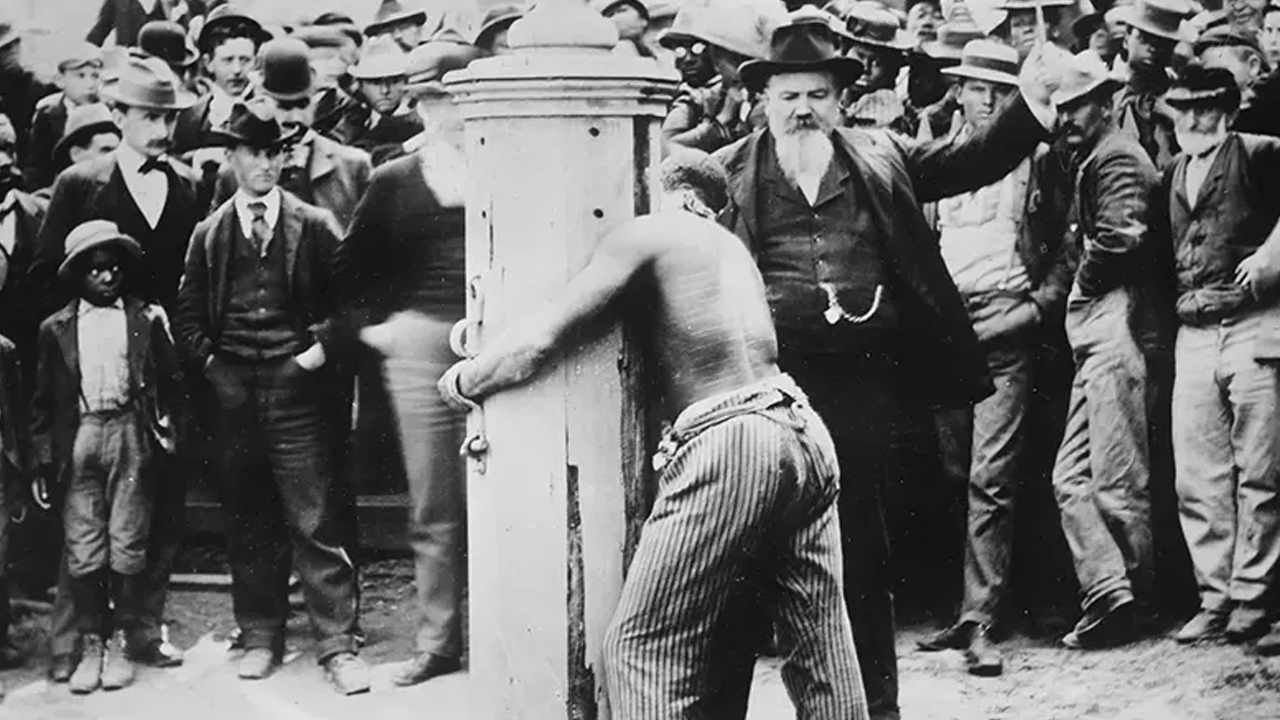
American social reformer and humanist Dorothea Lynde Dix and a few more influential people to improve the prisons and humane treatment of prisoners He made an effort to. Following these movements, flogging gradually decreased in public places, but continued in some regions until the 20th century.
Maryland was one of the states that continued to recognize the whipping law. In the early 20th century in Baltimore, Maryland, flogging was still a form of judicial punishment. Usually too assault, battery or applied to other violent criminals.
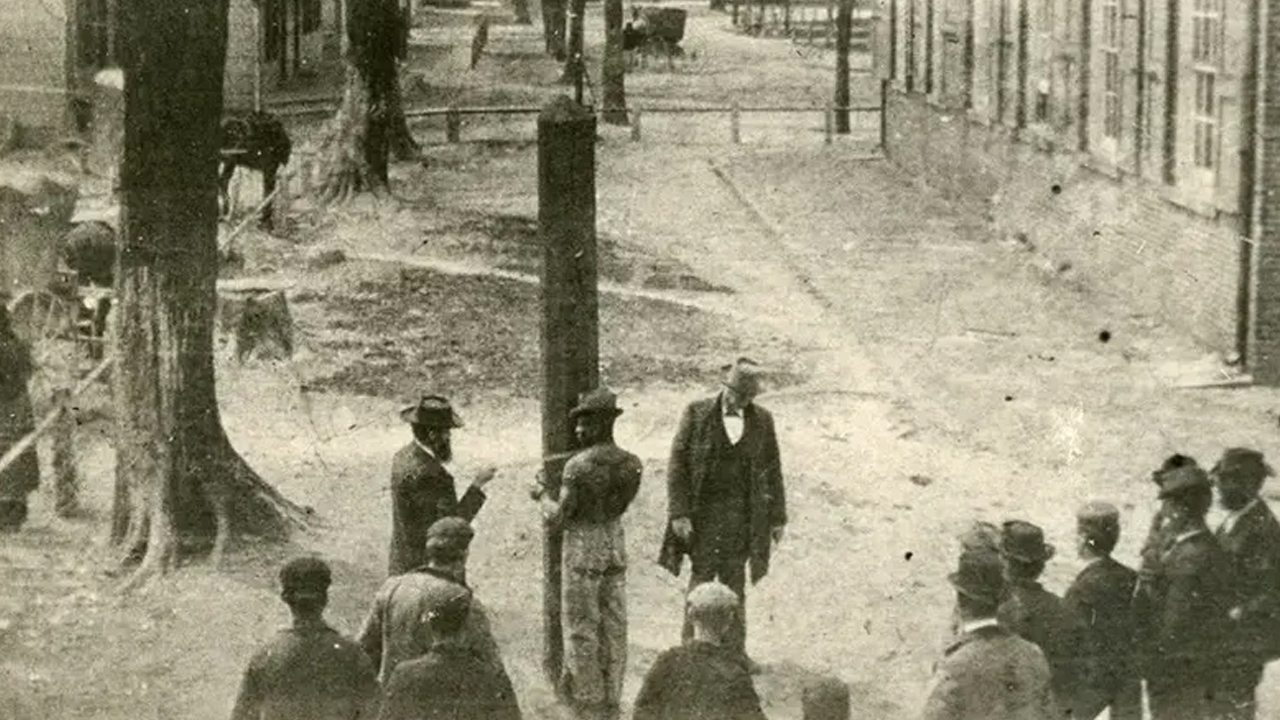
Whipping post in Delaware
The state of Delaware, like Maryland, continued to use flogging in prisons. As for the number of lashes at the discretion of prison authorities and the decision was made according to the seriousness of the crime. Some historians say more than 1,600 men may have been whipped in the state between 1900 and 1940.
The Baltimore City Jail that always remembers whipping
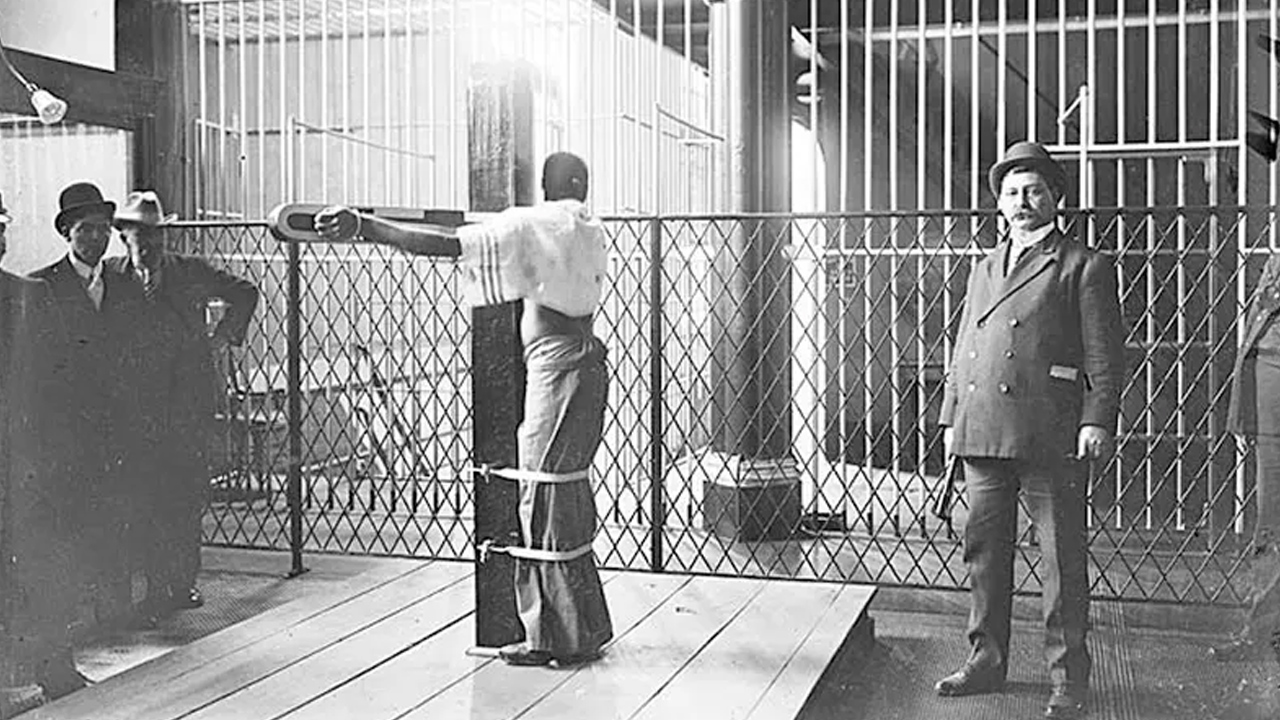
Flogging punishment was usually carried out in the Baltimore City Jail. One of the inmates who made the prison iconic is the one you see above. Clyde Miller. On a cold March day, they tie Miller to a wooden post in the prison with his arms outstretched and his upper body bare. Miller’s His crime was beating his wife.
Miller had multiple knotted straps as 50 witnesses watched. “cat of nine tails” He was whipped 20 times at the rate of one lash per second with the notorious whip. After the brutal whipping, Miller sobbed and semi-conscious from pain However, he was taken to the prison infirmary.
Sheriff Joe Deegan, who executed the sentence, said that even though he did not like this duty after the incident, he was only a tool of the law and that as long as this law was in the book, will continue to do his job told. At this point, we do not know whether it is more logical for a person to change jobs or to comply with the rules of the place he is in, whether he wants to or not.
Miller was the last person to be whipped in the prison.
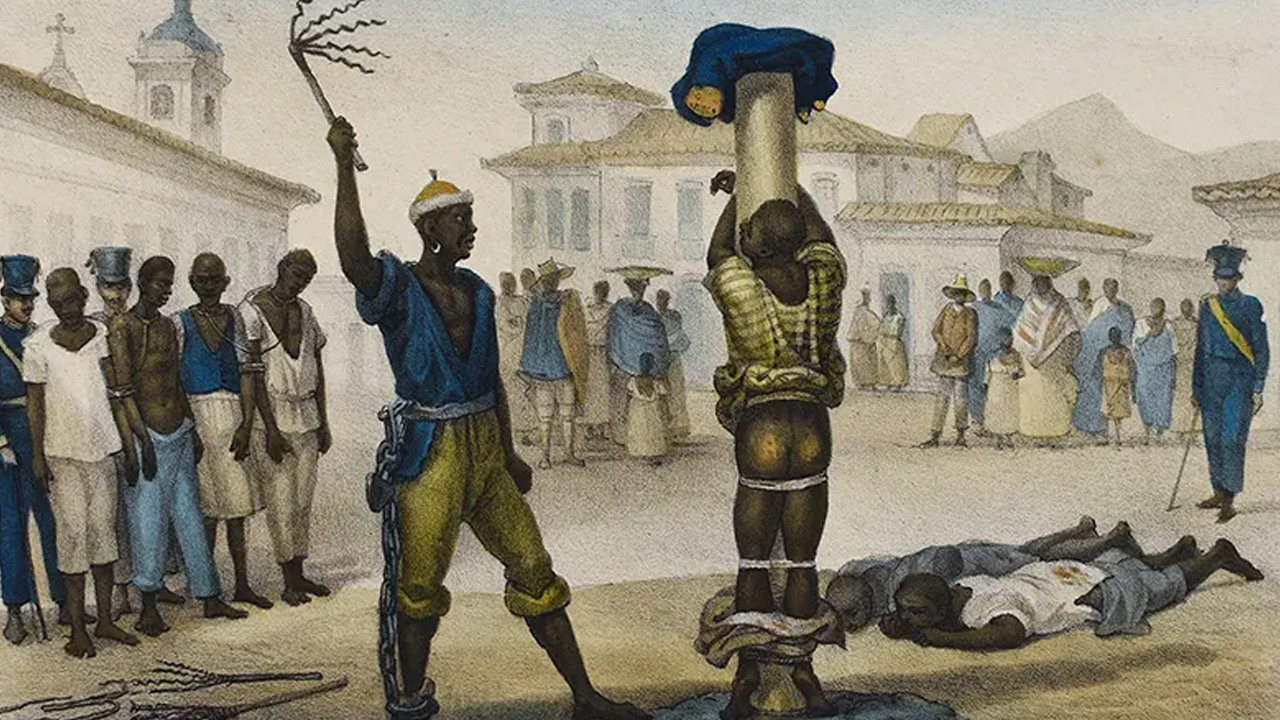
Miller, handcuffed to the smooth but dark face of the whipping post in Baltimore the last person to be flogged This happened because the use of whipping in prison was now attracting public attention.
Critics; evolving human rights standards of the punishment of flogging, against cruel and unusual punishment He argued that it violated the ban and was an outdated method of punishment. Of course, there were also those who advocated flogging. According to them, this method of punishment was a deterrent against crime.
After the practice of whipping in prison came under scrutiny and with legal pressure, flogging as a judicial punishment was abolished in the mid-1950s. Thanks to the law, in Delaware too Last flogging in 1952 happened.

The Delaware whipping post will be in Georgetown, Sussex County, until 2020. It was on display in a public place. Historians and activists; His condemnation of the whipping post as a reminder of systemic racism and injustice worked, and the pole was removed to Department of Historical and Cultural Affairs storage.
Other punishment methods that emerged from the dusty shelves of history:
RELATED NEWS
“What Terrible Mentality Could These Be The Product Of?” The Most Horrific Punishment Methods in Human History that Make You Say
RELATED NEWS
Terrible Chinese Tortures That Make You Say I’m Glad I Didn’t Come Across That Period
RELATED NEWS
Various Torture Methods in the Ottoman Empire That Made the Criminal Pray for Death
RELATED NEWS
Undoubtedly One of the Most Horrifying Torture Methods of the Middle Ages: The Spanish Donkey
RELATED NEWS
Even killing yourself had a punishment in the Middle Ages: So, what kind of punishments were given to a dead person?
RELATED NEWS
You Will Be Thankful for the Period You Live in When You Read About the Blood-Chilling Execution Methods in the Ottoman Era
RELATED NEWS
